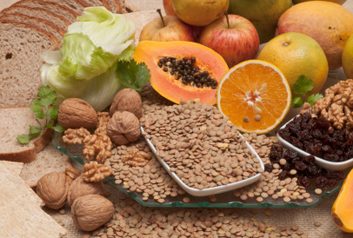
Q. True or False: All fibre is the same
a) True
b) False
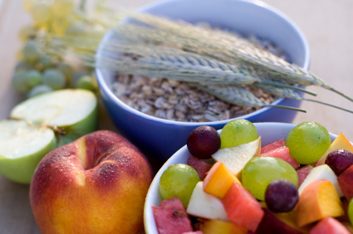
A: False
There are different types of fibre, each offering a range of health benefits. Insoluble fibre ( “insoluble” because it doesn’t dissolve in water) passes through your body without being digested. Often called “roughage” or “bulk,” insoluble fibre promotes bowel regularity, whisks the waste out of your system faster, and helps prevent colon cancer. You can find it in whole-wheat bread, wheat bran, green beans and dark-green leafy vegetables, edible skins of fruit and root veggies, and seeds and nuts.
Soluble fibre, on the other hand, helps control blood sugar levels and reduces blood cholesterol, which helps lower the risk of heart disease. Some soluble fibres offer “fermentability”; they’re digested by healthful bacteria in the large intestine, which helps maintain colon health. You can get soluble fibre by eating certain fruits and veggies, grains, legumes, and psyllium. Eat a variety of foods to get the most benefits.
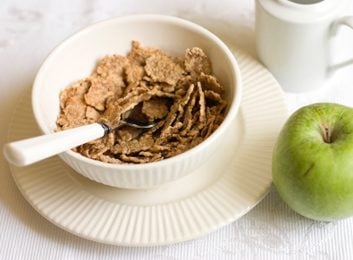
Dietary fibre versus functional fibre
In addition to soluble and insoluble fibre, you may have also heard the terms “dietary fibre” and “functional fibre.” Dietary fibre comes naturally from plants, while functional fibres (such as psyllium, inulin and oat B-glucan) are manufactured or synthetic, and can be added to foods. Both offer health benefits and have soluble and insoluble varieties.

Q: How much fibre should adults consume daily?
a) 10 grams for women; 15 grams for men
b) 18 grams for women; 28 grams for men
c) 25 grams for women; 38 grams for men
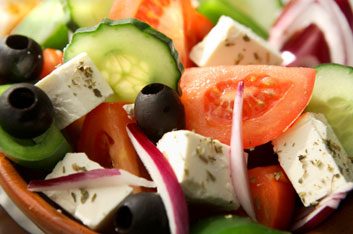
A: c) 25 grams for women; 38 grams for men
Fibre is an important part of a healthy diet, but most of us don’t even come close to the daily recommended intake. According to Natalie Brown, a registered dietitian based in White Rock, B.C., the average Canadian consumes only four to 11 grams of fibre per day.
There are many simple ways to increase your fibre intake, such as switching to a high-fibre cereal, choosing whole-wheat bread instead of white, and adding nuts or seeds to salads.
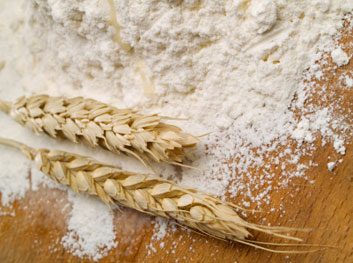
True or false: All grains are good sources of fibre
a) True
b) False
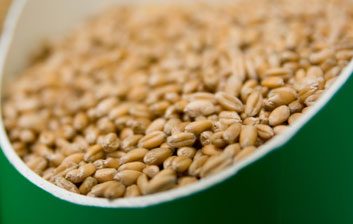
A: False
Not all grains were created equal when it comes to fibre. In general, whole grains provide more than refined grains, but fibre content still varies widely among whole grains. For example, whole oats contain less fibre than whole wheat.
When shopping, check Nutrition Facts tables, and look for whole-grain products that offer at least four grams of fibre per serving.

4. True or false: Fruits and veggies are “so-so” sources of fibre
a) True
b) False
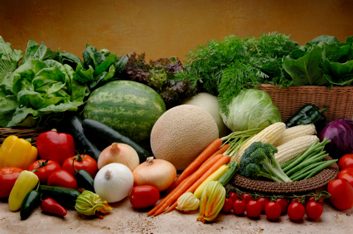
A: False
You may be surprised to hear that many fruits and vegetables are good sources of fibre. A few examples: A medium-sized pear with the skin on provides five grams of fibre-as much as a cup of bran flakes. An apple with the skin on provides three grams, while half a cup of applesauce has two. Half of an avocado offers an impressive seven grams, and half a cup of peas contains four. Snack on a quarter of a cup of dried apricots and you’ll get three grams of fibre.
Brown recommends eating at least five servings of fruits and veggies each day, especially those with edible seeds and skin. Whenever possible, eat vegetables and fruit rather than drinking their juices-you’ll get more fibre.
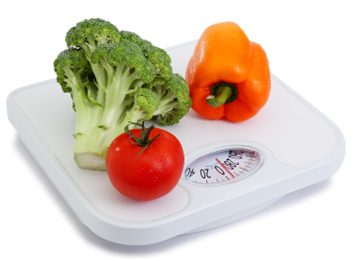
5. True or false: Fibre helps with weight loss and weight maintenance
a) True
b) False

A: True
Fibre is a natural way to manage your appetite and caloric intake. “Fibre-rich foods are often lower in calories than foods containing low or no fibre,” says Brown. She adds that high-fibre foods usually take longer to chew, which slows down your eating and gives your brain time to register that you’re no longer hungry.
Fibre helps you feel fuller by absorbing fluids and swelling up in your stomach. Foods with fibre also take more time to digest, so you’ll feel satisfied longer. And, since the body can’t digest fibre, it passes through without adding calories to your diet. According to the Heart & Stroke Foundation, studies show that women who ingested more fibre were half as likely to be obese as women who had less.
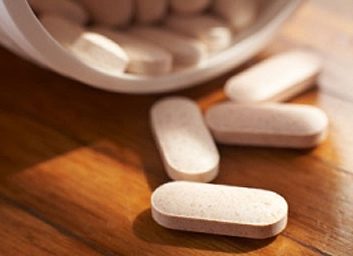
6. What’s the best way to increase your fibre intake?
a) Gradually add fibre-rich foods.
b) Start eating as much fibre as needed to meet the daily recommendation.
c) Start taking fibre supplements.

A: a) Gradually add fibre-rich foods
It takes time for the body to adjust to more fibre, so don’t rush. Eating too much too soon may cause gastrointestinal symptoms, such as gas, bloating and abdominal cramps.
To avoid these problems, Brown recommends adding one or two high-fibre foods to get started, and spreading your fibre intake evenly throughout your day. Fibre absorbs water, so you’ll need to drink more fluids to avoid dehydration and constipation.

7. True or false: To get enough fibre, you have to change your whole diet
a) True
b) False
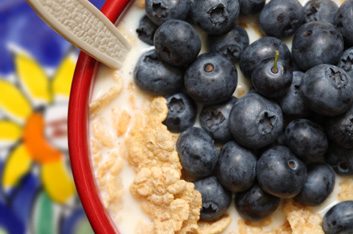
A: False
Often, increasing your fibre intake is as simple as switching to a higher-fibre version of something you already eat. For example, when choosing breads or cereals, check the Nutrition Facts table on each product to compare the grams of fibre per serving. According to EatRight Ontario, products with two grams per serving are considered a “source” of fibre, and those with four grams are a “high fibre” source.
You can also increase fibre content by adding berries to muffins and pancakes; adding a couple of spoonfuls of wheat bran to yogurt or lower-fibre cereals; replacing mayonnaise with hummus; eating potatoes with the skins on; snacking on seeds and nuts; eating whole fruits rather than drinking their juice; adding lentils, peas or beans to pasta sauces; and switching to whole-wheat pasta and brown rice.
Related:
• 5 fabulous high-fibre meals
• 10 ways to get more fibre
• 10 ways to sneak more veggies into your diet
